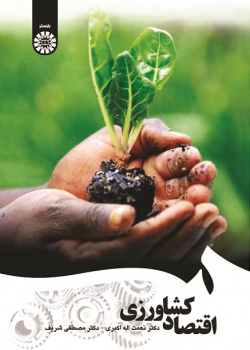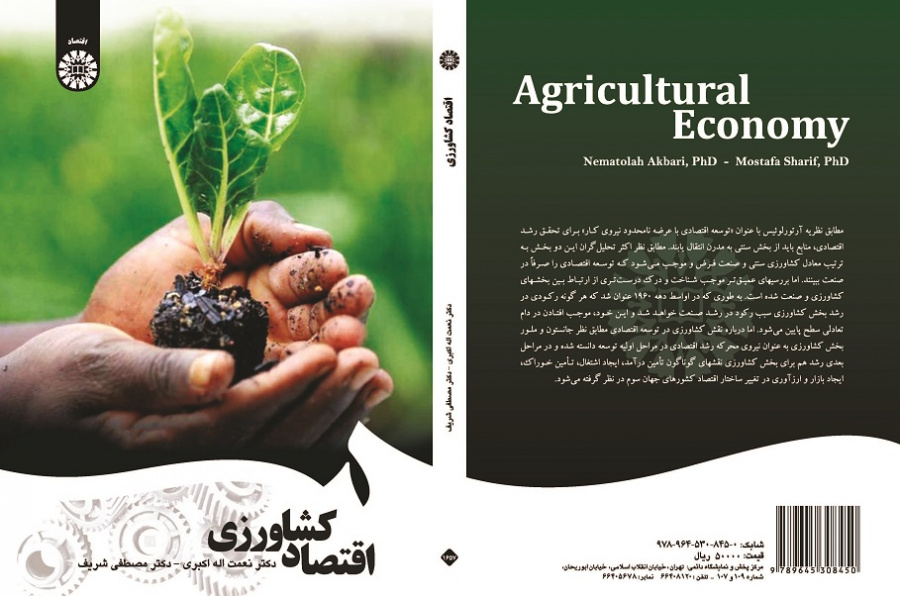

Agricultural Economy
According to Arthur Lewis' theory entitled "Economic Development with Unlimited Supplies of Labor", in order to achieve economic growth, resources must be transferred from the traditional to the modern sectors. According to most analysts, these two sectors are considered equivalent to traditional agriculture and industry, respectively, and cause them to perceive economic development merely in industry. However, in-depth studies have led to a better understanding of the relationship between the agricultural and industrial sectors so that in the mid-1960s, it was stated that any stagnation in the agricultural sector growth would lead to stagnation in the growth of industry, and this, in turn, would fall into the low-level balance trap. However, concerning the role of agriculture in economic development, according to Johnston and Mellor, the agricultural sector is considered as the driving force of economic growth in the early stages of development, and in the later stages of growth, various roles, including funding, job creation, food supply, market creation have been also considered for agricultural sector in the economic restructuring of third world countries.





